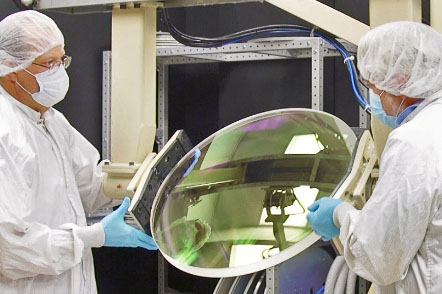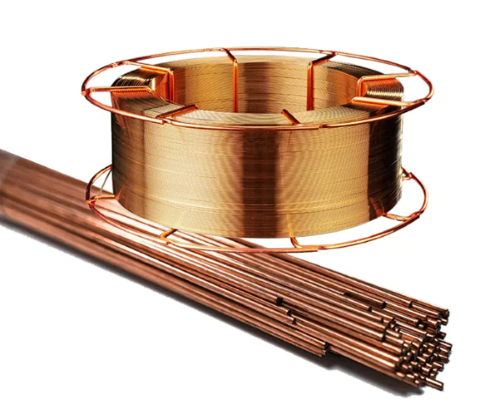Graphene: The Next Wonder Material
Graphene is often called the "next wonder material." Its extraordinary properties have earned it this title. The material is so significant that the scientists who first isolated graphene won the Nobel Prize in Physics in 2010. Graphene might soon outshine silicon, the staple of today's tech industry. Imagine a cooking pot that can detect E. coli bacteria or a mobile phone as flexible as paper. These applications could become a reality if graphene lives up to its potential.
What Is Graphene?
Graphene is a two-dimensional crystal. It consists of a single layer of carbon atoms arranged in a hexagonal lattice. Despite being only one atom thick, graphene is incredibly strong, lightweight, and flexible. The carbon atoms form a honeycomb structure. This structure makes graphene just 0.3 nanometers thick, with only 0.1 nanometers between each atom. These atomic arrangements give graphene its unique properties. It conducts electricity better than copper, is more flexible than rubber, and is stronger than steel. It even surpasses diamonds in strength.

Revolutionary Applications in Electronics
Graphene could revolutionize the electronics industry. One promising application is in developing transistors. Graphene transistors could enable high-speed electrical circuits. These circuits might outperform traditional silicon-based microchips. This could lead to faster, more powerful, and more energy-efficient electronic devices. These improvements could impact everything from smartphones to supercomputers.
Graphene’s flexibility and transparency make it ideal for flexible electronics. Imagine foldable, bendable, or rollable screens that still work perfectly. These innovations could lead to the next generation of wearable technology and flexible displays. They could transform how we interact with electronic devices.
Potential in Medical and Hygiene Applications
Graphene’s potential goes beyond electronics. It also has applications in medicine and hygiene. Researchers in China discovered graphene's significant antibacterial properties. They found that it effectively kills E. coli bacteria. This discovery opens up possibilities for graphene-based hygiene products. We might see antibacterial coatings for medical devices, wound dressings, and everyday items like toothbrushes and kitchen utensils.
Graphene’s ultra-thin structure allows it to detect single gas molecules. When a gas molecule sticks to a graphene sheet, it changes the material’s electrical resistance. This sensitivity could be used to create highly accurate gas detectors. These detectors could have applications in environmental monitoring, industrial safety, and disease detection.
Challenges to Commercialization
Despite its remarkable properties, graphene faces challenges in commercialization. One major obstacle is the lack of a precise, scalable method for mass production. Current production techniques are either too costly or yield inconsistent results. This makes it difficult to produce high-quality graphene on a commercial scale.
Another issue is the uncertainty in graphene's electrical properties. These inconsistencies need to be fully understood and controlled. Until then, graphene's widespread use in electronic devices will remain limited. Researchers around the world are working to overcome these hurdles. However, until they do, graphene’s adoption will be slow.
The Future of Graphene
If we overcome these challenges, graphene could revolutionize many industries. In electronics, it could create faster, smaller, and more efficient devices. In civil engineering, its strength and flexibility could lead to new construction materials. These materials would be lighter, stronger, and more durable than those we use today. In medicine, its antibacterial properties and sensitivity could drive breakthroughs in disease detection and prevention.
Graphene is still in the early stages of its journey. But its potential is undeniable. As research progresses and production improves, we may soon see graphene’s full promise realized.
Conclusion
Graphene is not just a material of the future. It is a material with immense current interest. Graphene could redefine multiple industries. As production challenges are overcome, the innovation potential is vast. Stanford Advanced Materials (SAM) is at the forefront of this revolution. SAM provides high-quality materials and supports ongoing research into graphene and its applications. SAM is committed to helping bring graphene from the lab to everyday life. This ensures that graphene's benefits reach people across the globe.



